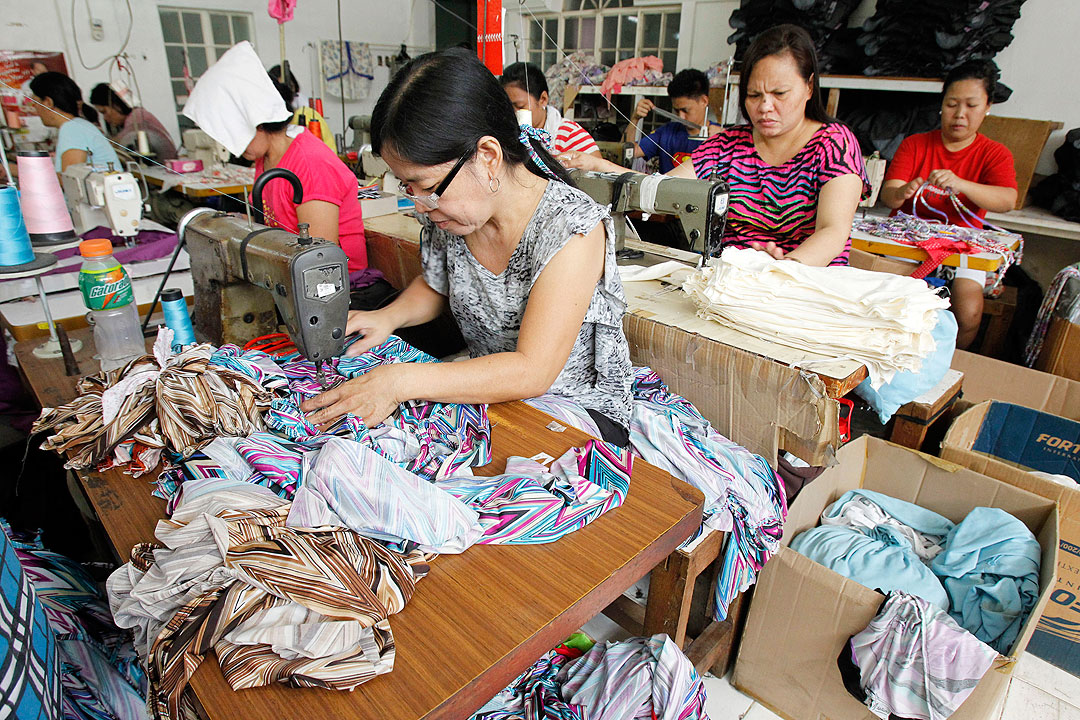
THE textile and garment industry is finding it challenging to comply with circular-economy standards imposed by buyers, according to the Foreign Buyers Association of the Philippines (FOBAP).
“Only 2-3% participation performance was recorded in a recent survey,” FOBAP President Robert M. Young said in a statement on Thursday.
He said improper disposal methods by consumers and chemical usage within the industry are having a huge impact on the environment, increasing the pressure to transition to a circular business model.
He added that bigger companies from the US and the European Union are beginning to demand circular models from their suppliers.
“That will happen eventually, and in the Philippines everybody will just be scratching their heads because they are not ready, as there is no preparation and information dissemination,” he said.
Circularity refers to the minimal use of virgin material in favor of recycling, keeping manufactured materials in circulation as much as possible.
He said that the low participation stems from challenges that include limited awareness, lack of access to finance, technological constraints, weak supply chain integration, and regulatory gaps.
“Many micro, small, and medium enterprises (MSMEs) lack understanding of circular economy principles such as reduce, reuse, recycle, remanufacture, and product life cycle thinking, with circular business models like product-as-a-service and take-back schemes often unfamiliar,” he said.
“There is also limited market demand for circular products due to lack of consumer education. There is actually a perception that sustainable clothing is more expensive or lower in quality,” he added.
He also said MSMEs have limited access to modern and sustainable technology, as upfront and installation costs are high.
He said the industry suffers from ”fragmented supply chains, as a lack of collaboration between raw material suppliers, manufacturers, and retailers hinders circular practices.”
“There is also limited availability of locally sourced sustainable materials,” he added.
On the regulatory side, he cited inconsistent enforcement and the absence of rules supporting circular-economy practices, noting that incentives such as tax breaks and green certification benefits are unavailable for MSMEs that adopt circular practices.
In the Philippines, he said that there is an opportunity to leverage traditional textiles such as pineapple, hemp, and vegetable fiber for sustainable and ethical fashion.
The government should also “expand on existing initiatives like the Philippine Textile Research Institute’s (PTRI) programs on natural dyes, biodegradable fabrics, and green technologies,” he added. — Justine Irish D. Tabile



